Subscribe to the Newsletter
Your cart is empty
Shop now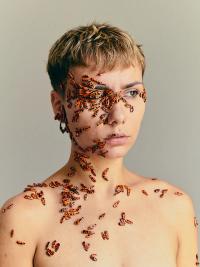
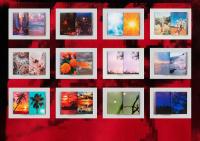
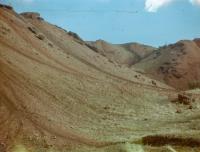
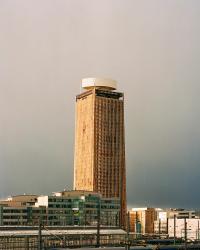
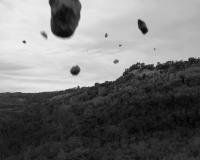
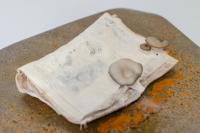
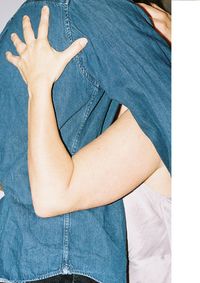
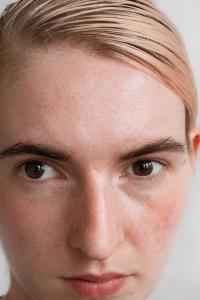
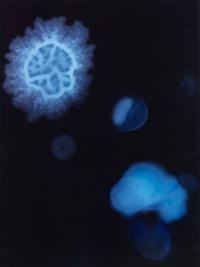
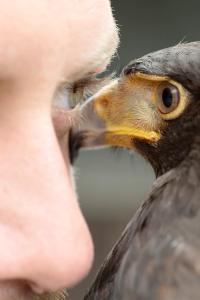










Der Greif’s artist spotlight: FUTURES 2025 nominees
Introducing all Greif Alumni shaping this year’s FUTURES Network
Each year, the FUTURES platform brings together a diverse cohort of emerging artists from around the world, offering them a long-term program designed to foster artistic growth and professional development. We are thrilled to announce the Greif Alumni selected for FUTURES 2025 Network – a dynamic group of nearly one hundred talents with distinct backgrounds and creative perspectives. Chosen by the FUTURES platform members, these artists will gain access to an unparalleled network of industry professionals, markets, and audiences, providing them with invaluable opportunities to advance their careers and expand their artistic practices.
As the European photography scene thrives on an ongoing dialogue between tradition and innovation, it remains deeply rooted in the legacies of documentary and conceptual photography. Contemporary practitioners are expanding the boundaries of the medium through new technologies, experimental processes, and critical engagement with social and political issues. The rise of interdisciplinary approaches – including AI-generated imagery, archival interventions, and performative photography among others – signals a broader transformation in visual culture. These evolving practices and critical explorations take center stage at FUTURES, highlighting photography’s shifting role in contemporary artistic discourse.
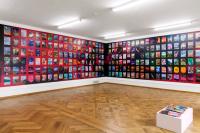
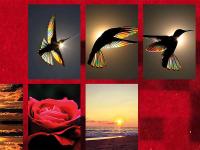
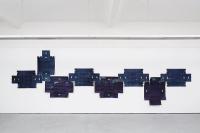
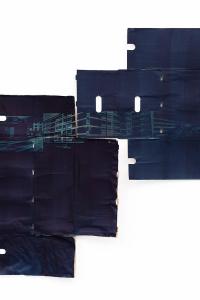
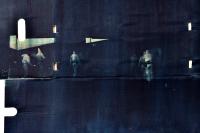





Zoé Aubry’s research-based projects navigate the intersections of societal and media critique, questioning how violence is visualized, mediated, and perceived. Through engaging with installation within physical spaces, she explores the transformation of perceptual formats, challenging dominant image and text-based narratives. By critically engaging with visualization modes, Aubry reclaims representation as an act of resistance, The photographic medium is explored for its potential to create a collective and rebellious memory, opening up new perspectives on the perception of reality. Her thought-provoking practice has earned her recognition, including a nomination by Photo Elysée, affirming her role as a significant voice in contemporary visual research and photographic discourse.
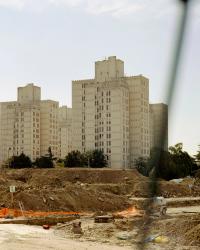
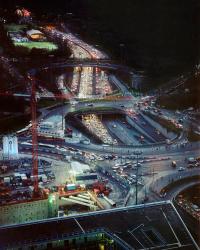
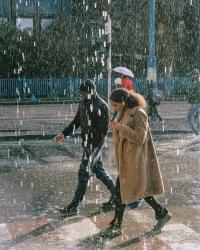
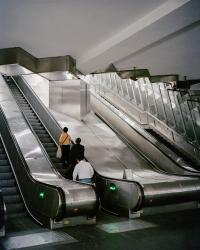
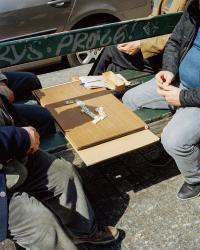
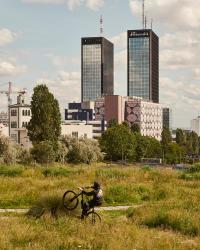
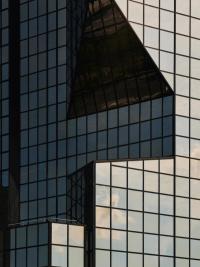







Younès Klouche develops his practice around documentary photography. Through his recent work “Panamera”, he reflects on the evolving landscape of Paris, where urban expansion mirrors the city’s historic cycles of transformation. Venturing beyond the Périphérique, he documented the vast construction sites of the Grand Paris project – an ambitious effort to create a seamlessly connected metropolis. Echoing past utopian visions, from Haussmann’s 19th-century redesign to the high-rise Grands Ensembles of the 20th, “Panamera” questions the paradox of control in urban planning, revealing how grand social ambitions inevitably dissolve into fiction. He was nominated by Photo Elysée.

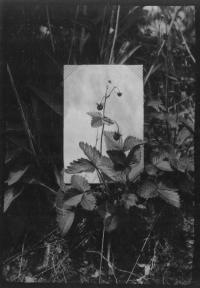
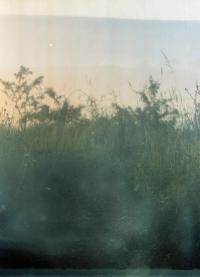
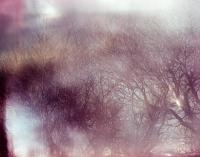
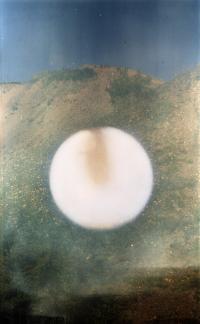
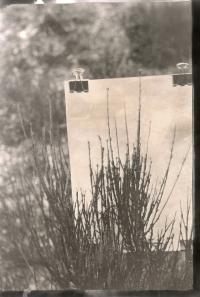






Photoireland’s nominee Zoe Hamill’s practice explores new ways of engaging with the landscape, shifting from a human-centered perspective to one of collaboration. In “Primary Succession”, she examines Scotland’s shale bings – once industrial waste sites, now thriving ecosystems—to question how we relate to nature beyond colonial narratives of exploitation. Using 19th-century cameras from the bings’ formative era, she embraces unpredictability, relinquishing control over the image-making process. Experimenting with plant-based chemistry and burying negatives in the landscape, she further dissolves the boundary between human and non-human. By using found and expired materials, she integrates environmental consciousness into her photographic inquiry.
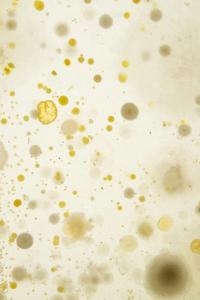
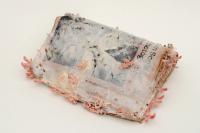
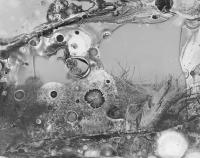

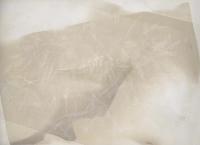
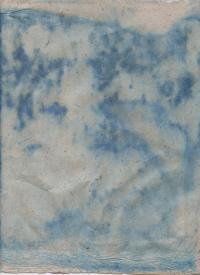






Ieva Maslinskaite was nominated by ISSP. Through her ongoing project “In a Pupa”, she explores photography as a medium in flux – one that, like an insect in metamorphosis, undergoes transformation, temporality, and change. Traditionally a controlled, human-centered process, photography is here reimagined as a site of co-creation with non-human organisms. By allowing bacteria and fungi to grow on large-format negatives, the project challenges authorship and hierarchy in image-making, inviting organic matter to shape the final image. Dutch landscapes – symbols of human control over nature – are gradually reclaimed by these living processes. Meanwhile, fungi growing from seminal photography books offer alternative ways of knowing, questioning fixed perspectives and embracing an ecocentric approach to art.
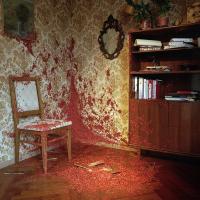
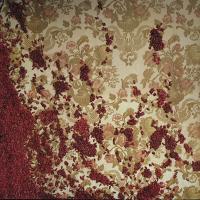
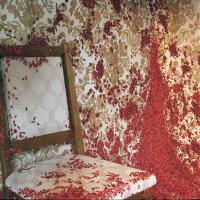

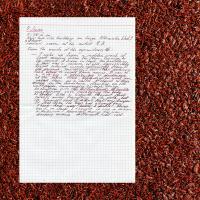







Olia Koval's project “Eruption” is a visceral exploration of vulnerability, displacement, and psychological upheaval in the face of war. Featuring 40,000 hand-painted red-winged beetles meticulously placed within a living room, the installation transforms a once-safe space into a site of anxiety and invasion. The overwhelming swarm of insects, emerging from the floor and overtaking books and objects, serves as a haunting metaphor for war’s encroachment into the domestic sphere. Referencing Russia’s invasion of Ukraine, Eruption blurs reality and fiction, creating a pseudo-documentary narrative where personal testimony, portraiture, and surreal imagery merge to depict an unsettling, fractured existence. Koval was nominated by Odesa Photo Days.
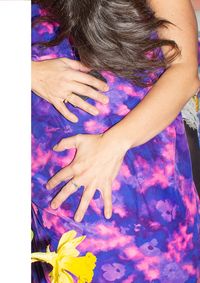
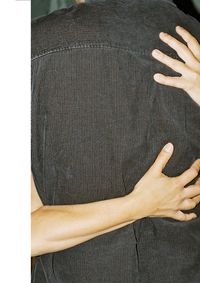
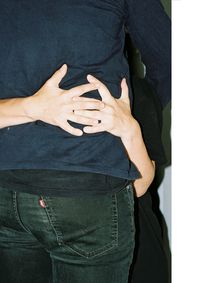
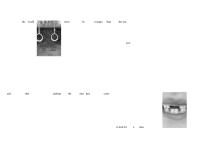
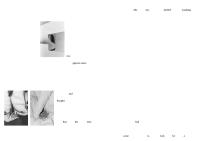
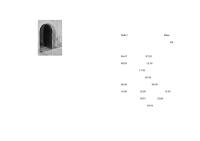






Organ Vida’s nominee Sara Perović’s practice is rooted in an exploration of relationships, perception, and the fluidity of emotional and mathematical structures. Her project “TWO” delves into the complexities of connection, questioning whether relationships are fixed or ever-evolving. Through her photographic archive, she reflects on the nature of “two” – as balance, as fusion, and as separation. Drawing from personal experience, she challenges the rigidity of mathematical absolutes, aligning with Tarkovsky’s idea that 1+1 can equal more than a sum. In her work, relationships are dynamic, shifting entities, much like her artistic approach, which embraces playfulness, introspection, and the poetry of impermanence.
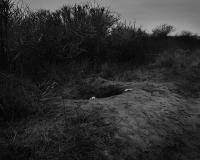
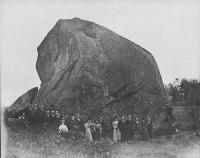
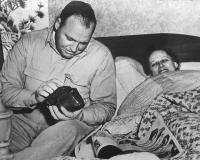
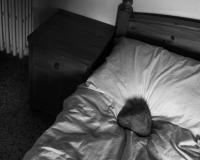
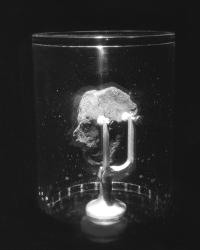
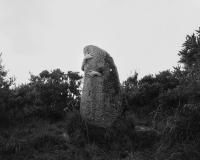








Emilia Martin is among Fotofestiwal’s nominees for FUTURES 2025. Her series “I Saw a Tree Bearing Stones in the Place of Apples and Pears” explores meteorites as carriers of stories, bridging the realms of myth and science. Across cultures, these celestial rocks have been revered as divine messengers, bound to the earth or consumed as sacred medicine. Yet, modern Western science only recognized them as fact in the 18th century, dismissing centuries of oral histories as folklore. Martin’s work challenges these hierarchies of truth, imagining a world where stones reclaim their voice – subverting dominant narratives and asserting their place within history, imagination, and human perception of reality.
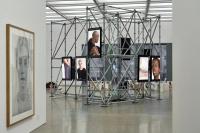
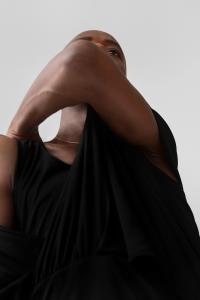
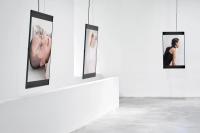
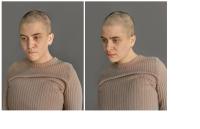
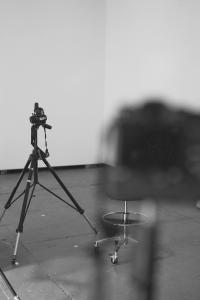







Roxana Rios practice critically examines the construction of hegemonic narratives and the relationship between image-making and knowledge production. Through photography, performance, and installation, they explore the body as both material and representation within social structures. Drawing from Judith Butler, they conceptualize bodies as relational entities shaped by interdependence, investigating how cultural norms define identity and condition behavior. Their work questions how these structures are read, negotiated, and reimagined, ultimately engaging in utopian thinking. By proposing alternative narratives, Ríos contributes to contemporary social and aesthetic discourses, challenging dominant perceptions of the body, power, and representation. They were nominated by the Triennial of Photography.
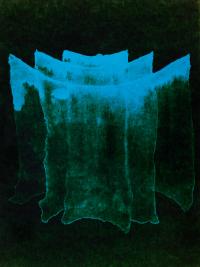
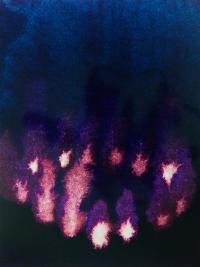
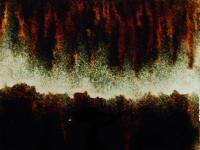



The Centre Photographique Rouen nominated Constantin Schlachter among other talents. His selected project “Nigredo” merges painting and photography, transforming hand-painted watercolors into photographic prints. Using small-format paintings as negatives, he reverses color values and densities in the darkroom, where red becomes cyan, green shifts to magenta, and darkness turns to light. Inspired by alchemy, “Nigredo” symbolizes introspection and transformation. By bypassing the camera, Schlachter allows light to directly fix pigment onto photographic paper, creating ethereal, cosmic landscapes.
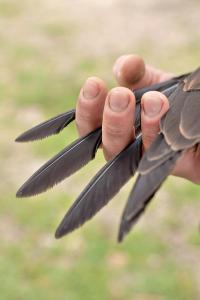
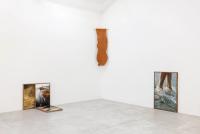
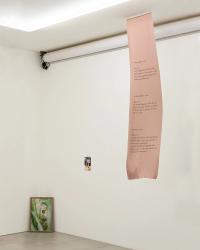
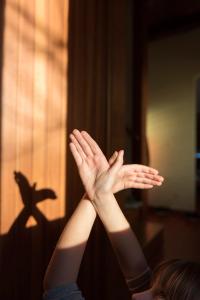
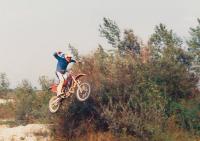
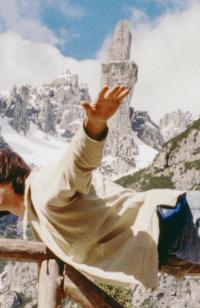






Martina Zanin – nominated by Camera – presents “Please, Don’t Ever Come Down”, an intimate exploration of the father-daughter relationship, explored through a study of the falcon, powerful metaphor for dominance, absence, and psychological entanglement. Through evocative photographs, archival images, and diary entries, she constructs a dialogue between Father and Falcon – two figures intertwined in a dynamic of power and longing. The falcon, untamed and elusive, embodies both fear and fascination, mirroring the haunting presence of familial ties. Zanin’s work navigates themes of inheritance, metamorphosis, and emotional imprints, offering a poetic meditation on the forces that shape us and the struggle to break free.